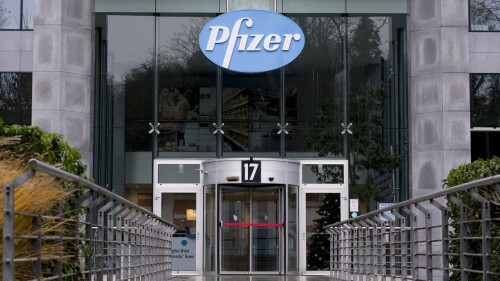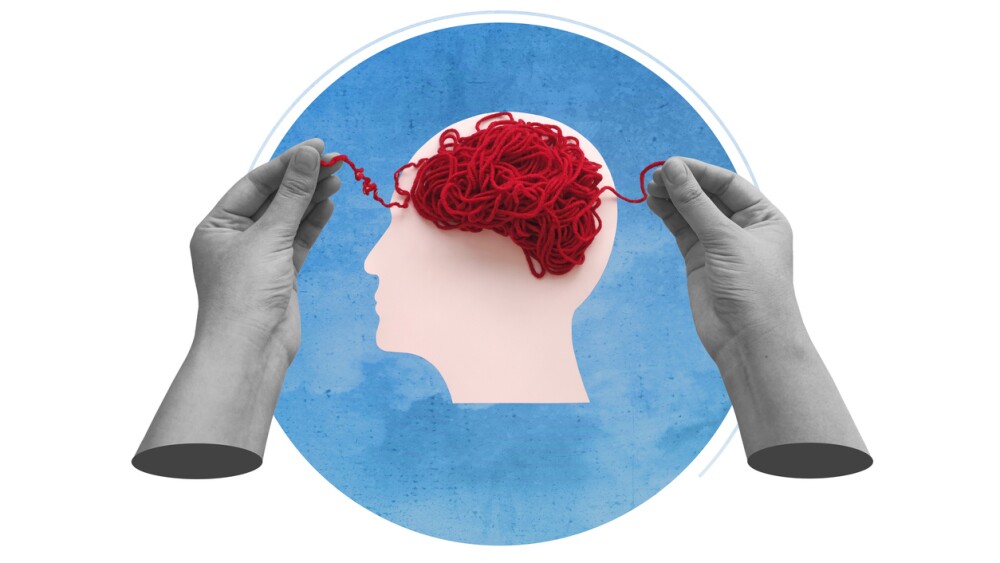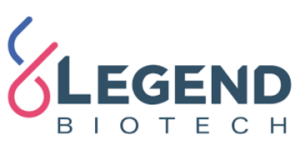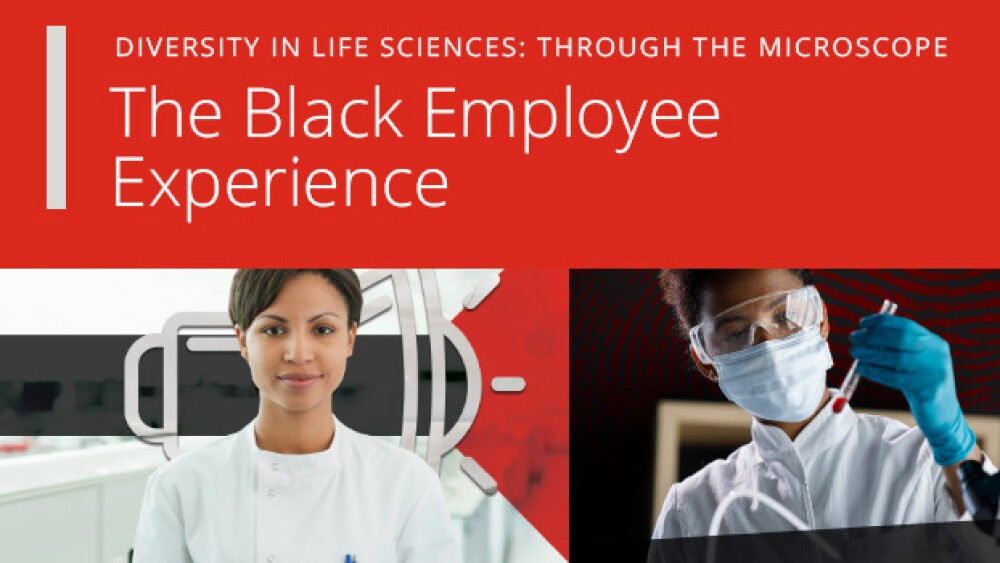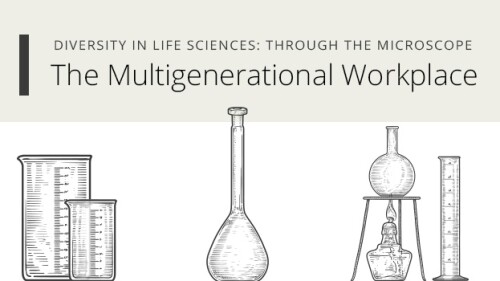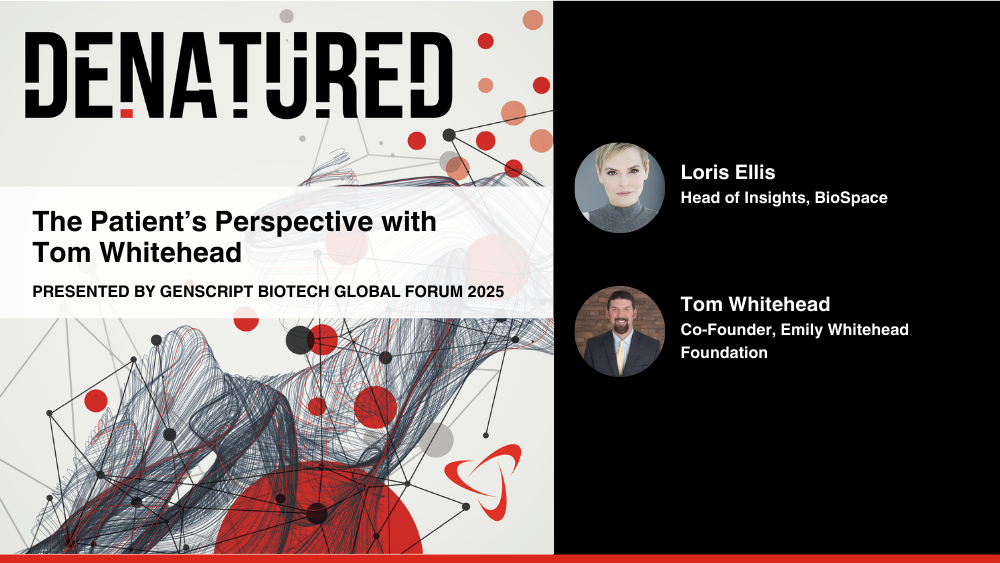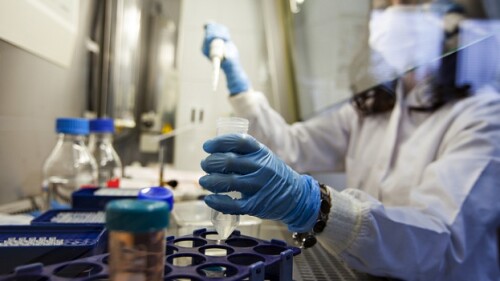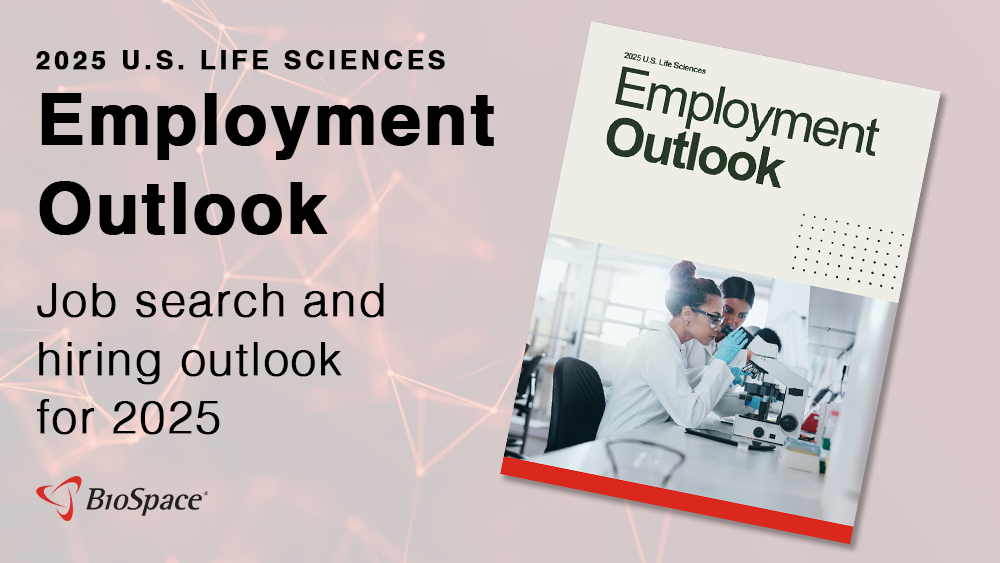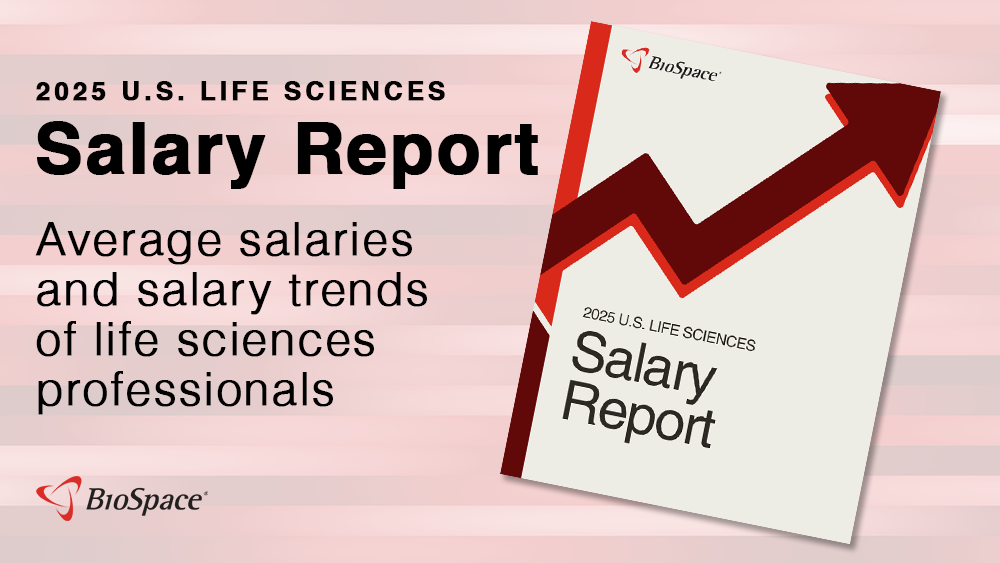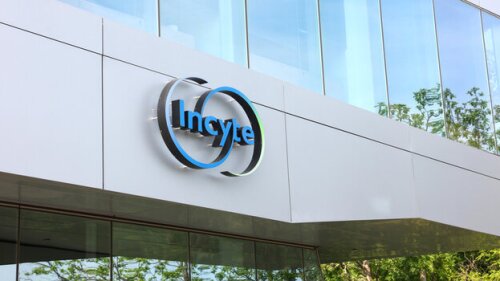After a bidding war erupted between Pfizer and Novo Nordisk over the fledgling obesity drugmaker, Metsera sided with its original suitor in a final agreement announced late Friday evening.
During a press conference to announce a drug price deal for GLP-1s, President Donald Trump asked for more details about the ongoing bidding war between Novo Nordisk and Pfizer over obesity biotech Metsera.
Following restricted vaccine approvals and changes to CDC immunization schedules, Merck, Pfizer, GSK and Sanofi are all suffering revenue hits to their vaccine programs.
The Phase III results impressed Guggenheim Partners analysts both in terms of efficacy and safety. If approved, atacicept would become the first APRIL/BAFF inhibitor for IgAN to make it to the market.
The FDA previously placed two clinical studies on hold, including the Phase III trial in which the liver toxicity occurred. Intellia is working with experts to create a risk management program for nex-z.
Darzalex Faspro’s approval for smoldering multiple myeloma could allow for earlier intervention and reduce the risk of progression to active disease.
FEATURED STORIES
Acknowledging the limits of disease-modifying drugs like Leqembi and Kisunla, companies like Bristol Myers Squibb, Acadia, Otsuka and Lundbeck are renewing a decades-old search for symptomatic treatments, including in high-profile drugs like Cobenfy.
These five upcoming data drops could usher in more effective and convenient therapies for Alzheimer’s disease and open up novel pathways of action to treat the memory-robbing illness.
Second-quarter earnings come amid many high-level challenges for the biopharma industry. How will these five closely watched biotechs fare?
ADARx Pharmaceuticals CEO Zhen Li found her way to biopharma through Merck, where she was inspired by the application of powerful science to human medicine.
When talking to some of the most impressive women in biopharma, the conversation inevitably turned to what these women wanted other entrepreneurs to know. Here’s the best of the best of that advice.
Sarepta Therapeutics’ stock has dropped precipitously as questions swirl around the safety of its gene therapies. Meanwhile, the Duchenne patient community fears losing access to Elevidys while the regulator considers more drastic action.
LATEST PODCASTS
Novartis, Eli Lilly and more put on their deal-making caps, Bristol Myers Squibb targets $2 billion in savings through 2027, sales continue to soar for Lilly and Novo Nordisk’s GLP-1s and Regeneron sues Sanofi over an alleged failure to provide adequate information about Dupixent sales.
Robert F. Kennedy Jr.’s HHS nomination moves to a full Senate vote; Donald Trump’s tariff war sparks China-related concerns for biopharma; Pfizer, Merck and more announce Q4 and 2024 earnings; and the non-opioid painkiller space heats up as FDA approves Vertex’s Jounavx.
In this episode, presented by the Genscript Biotech Global Forum 2025, BioSpace’s Head of Insights Lori Ellis talks to Tom Whitehead, co-founder of the Emily Whitehead Foundation, about how standard care, cell and gene therapies and their impact on patients.
Job Trends
Intellia Therapeutics, Inc., a leading clinical-stage gene editing company focused on revolutionizing medicine with CRISPR-based therapies, announced the appointment of Brian Goff to its board of directors.
Subscribe to GenePool
Subscribe to BioSpace’s flagship publication including top headlines, special editions and life sciences’ most important breaking news
SPECIAL EDITIONS
In this deep dive, BioSpace investigates China’s rise as a biotech powerhouse.
In this deep dive, BioSpace explores the next big thing in obesity.
BioSpace did a deep dive into biopharma female executives who navigated difficult markets to lead their companies to high-value exits.
DEALS
-
At the heart of the deal is the drug candidate dordaviprone, which is months away from a regulatory verdict for its use in H3 K27M-mutated diffuse glioma.
-
In a move straight out of 2021, BridgeBio Oncology is taking the SPAC route to the public markets in a deal with Helix Acquisition Corp. II worth $450 million in proceeds.
-
In this episode of Denatured, BioSpace’s Head of Insights Lori Ellis and Miruna Sasu, CEO of COTA, discuss life sciences investment and the potential for disruption.
-
Our CEO accidentally started a book club. Now we’re all dreaming of mega pharma mergers.
-
As high prices and supply issues drive consumers to alternative markets for GLP-1s, physicians aren’t too interested in using these therapies to treat conditions like heart disease risk that have existing cheap standards of care.
WEIGHT LOSS
-
Eli Lilly CEO David Ricks is confident that weight loss med Zepbound is gaining market share at the expense of Wegovy, even as its rival strikes deals with CVS and Hims & Hers pharmacies.
-
To say, as CEO David Ricks did, that this was a good quarter, is an understatement. Mounjaro in diabetes brought in $3.84 billion for the quarter while Zepbound in weight loss booked $2.31 billion.
-
As Q1 2025 earnings season continues, tariffs remain top of mind for pharma CEOs and investors. Meanwhile, the American Association for Cancer Research’s annual event kicks off this year’s oncology conference season. Plus, will the FDA become politicized under HHS Secretary RFK Jr.?
-
In December 2024, the FDA affirmed that the shortage of tirzepatide, marketed as Zepbound for weight loss, had ended, formally barring compounders from producing their knockoff versions of the drug.
-
FDA Commissioner Marty Makary talks about his plans to revamp drug development and reduce ‘conflicts of interest’ between the agency and pharma industry; Roche and Regeneron jump on the U.S. manufacturing train as Trump’s tariffs loom; and Eli Lilly scores a big win for orforglipron while Novo Nordisk reveals it has applied for FDA approval of its oral semaglutide.
POLICY
-
Despite rehiring hundreds of FDA, CDC and NIH employees, the Department of Health and Human Services is still a skeleton of its former self under Health Secretary Robert F. Kennedy Jr.
-
Health Secretary Robert F. Kennedy Jr. endorsed the expanded use of RSV vaccines for people 50 through 59 years old who are at risk of severe disease.
-
An open letter signed by more than 50 industry executives blasts a “fundamentally, fatally flawed” report that urges greater restrictions on the abortion pill.
-
As an office of the executive branch, the Department of Health and Human Services “does not have the authority” to implement sweeping changes to the structure of the agency as created by Congress, a judge wrote.
-
Kennedy wants to expand the injury compensation program to include COVID-19 vaccines, while also stretching the “statute of limitations” to more than three years.
Whether a job search is voluntary or not, months of interviews, wrangling over pay and benefits and evaluating options has a weighty psychological toll.
The role of a clinical research nurse can be rewarding, but it’s not without challenges. Find out more about the role of a clinical research nurse and what it takes to become one in our guide.
Find out everything you need to know about research and development, including the skills it requires and what you should do if you’re ready to make the transition into R&D.
At the foundation of every clinical trial are the professionals who ensure its successful execution. Read on to find out more about how to know if clinical research is right for you.
Q1 is the time when many employers are actively recruiting new talent. Because it takes an average of 60 days to fill a job opening, Q4 might be the best time to apply for jobs in the life sciences.
Being laid off from your job can be difficult and confusing. To help you in your job search, we’ve explained how to address a layoff in your cover letter to help you land your dream job.
HOTBEDS
REPORTS
In this Employment Outlook report, BioSpace explores current workforce sentiment, job activity trends and the prospective job and hiring outlook for 2025, particularly as it compares to the previous year.
BioSpace’s third report on diversity, equity, inclusion and belonging in life sciences examines dramatic shifts in attitude around diversity initiatives.
CANCER
-
The ODAC cited concerns with patient populations in clinical trials used to support the proposed expansion. Johnson & Johnson fared better, with the FDA’s cancer advisors voting to recommend Darzalex in patients with a certain type of multiple myeloma.
-
The deal comes three months after Pfizer inked a PD-1/VEGF partnership with Summit Therapeutics, leading BMO Capital Markets to express confusion regarding the pharma’s overall strategy.
-
A new generation of checkpoint inhibitors is emerging, with some showing more promise than others. From recent TIGIT failures to high-potential targets like VEGF, BioSpace explores what’s on the horizon in immuno-oncology.
-
The FDA also approved the use of Zynyz as a monotherapy for patients with squamous cell carcinoma of the anal canal who are intolerant to platinum chemotherapy or whose disease has progressed.
-
As the FDA prepares for a busy Oncologic Drugs Advisory Committee meeting next week, an agency insider told BioSpace that volunteers with little training are scrambling to secure the required expertise after workforce cuts decimated the adcomm planning office.
NEUROSCIENCE
-
According to CEO Daniel Vitt, clinical and disability-related outcomes are more relevant than brain volume change for drug development in multiple sclerosis.
-
Following the recent discontinuations of assets in Alzheimer’s and migraine, AstraZeneca is stepping away from neuro altogether.
-
Biohaven will use the money to bankroll commercial preparations for the spinocerebellar ataxia drug candidate troriluzole, which is currently under FDA review with a decision expected in the third quarter.
-
Despite a dip in sales and a recent schizophrenia stumble, the company drew an optimistic outlook for sales for the rest of the year, even as the specter of pharmaceutical tariffs looms.
-
With a new raise provided by Flagship Pioneering, the new company is aiming to find “the silent window” before disease symptoms set in.
CELL AND GENE THERAPY
-
Last month, Deerfield Management accused Alcon of obstructing Aurion’s IPO plans so it could acquire the startup “at a discount.”
-
Adaptimmune is rolling out its T cell therapy Tecelra for synovial sarcoma, recording $1.2 million in sales since its approval in August 2024. Nevertheless, it is pausing development of two oncology assets to save money.
-
After Sarepta reported the death of a patient who had recently taken the gene therapy Elevidys, patient advocacy group Parent Project Muscular Dystrophy stepped up—as they always do.
-
The biotech is exploring opportunities for a reverse merger or other business combinations. CFO and now interim CEO Anup Radhakrishnan will take charge of these negotiations.
-
After a patient taking the Duchenne muscular dystrophy gene therapy Elevydis died of liver injury, Sarepta will update the label to reflect the safety signal.




